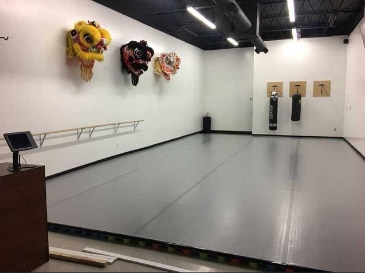Investigating the Advantages and Drawbacks of Wood and Synthetic Dance Surface Materials for Ideal Functionality and Aesthetics
Investigating the Advantages and Drawbacks of Wood and Synthetic Dance Surface Materials for Ideal Functionality and Aesthetics
Blog Article
When it pertains to selecting the appropriate dance floor material, timber and synthetic are two common options that dancers and dance studio proprietors often evaluate. Each material has its own unique advantages and disadvantages that can influence performance, safety, and visual appeal. Comprehending these variations is essential for making an educated choice that meets the needs of performers and improves the overall experience in a dance studio or showcase space.
Timber dance floors are often preferred for their traditional look and texture. They offer a natural area that can take in shock, which is beneficial for dancers who perform high-impact actions. The flexibility of wood helps minimize the chance of injuries, such as sprains and stresses, by providing a supportive area. Additionally, timber floors can be restored, enabling them to maintain their look over the years. This durability makes them a sustainable asset for dance spaces. However, timber floors can be more expensive to set up and upkeep compared to vinyl choices, and they may need regular maintenance to avoid warping or harm from humidity.
Conversely, vinyl dancing surfaces provide a range of advantages that make them attractive to many dancing studios. One of the main benefits of synthetic is its cost-effectiveness. Synthetic flooring is generally less expensive to buy and set up than wood, making it a budget-friendly choice for spaces. Furthermore, vinyl is offered in a variety of colors and patterns, enabling for more customization to match the aesthetic of the area. Synthetic surfaces are also easier to clean and care for, as they are resistant to stains and water. However, some performers may discover that vinyl does not provide the same level of shock cushioning as timber, which could result to discomfort during extended rehearsal periods.
Another important factor to consider is the type of dancing being executed. Various dancing styles may require different floor surfaces for best performance. For example, ballet dancers often favor timber floors because they provide a solid area for spins and leaps. In comparison, styles like urban dance or contemporary may gain from the like it non-slip properties of vinyl. It is crucial for dance studio owners to take into account the main dancing genres taught in their studio when choosing a floor material. This consideration can help ensure that dancers have the best potential environment while rehearsing and executing.
Visual appeal also holds a significant part in the choice procedure. Timber floors are often associated with elegance and tradition, making them a popular choice for formal dance studios and theaters. The natural grain and richness of wood can create a welcoming atmosphere that enhances the overall experience for both dancers and audiences. Conversely, vinyl floors can be designed to mimic the look of wood or other materials, providing a modern and stylish appearance. The choice between timber and synthetic can eventually hinge on the intended atmosphere of the area and the impact that dance studio proprietors want to establish.
In summary, both timber and synthetic dancing floors have their own set of benefits and drawbacks that can impact performance and aesthetics. Wood surfaces provide longevity, impact cushioning, and a traditional appearance, while vinyl surfaces offer cost-effectiveness, ease of maintenance, and design versatility. The choice between these materials should be based on the particular requirements of the performers, the kinds of dancing being performed, and the overall vision for the studio. By carefully considering these factors, dance studio proprietors can establish an atmosphere that enhances optimal performance and enhances the enjoyment of dancing for all participating.